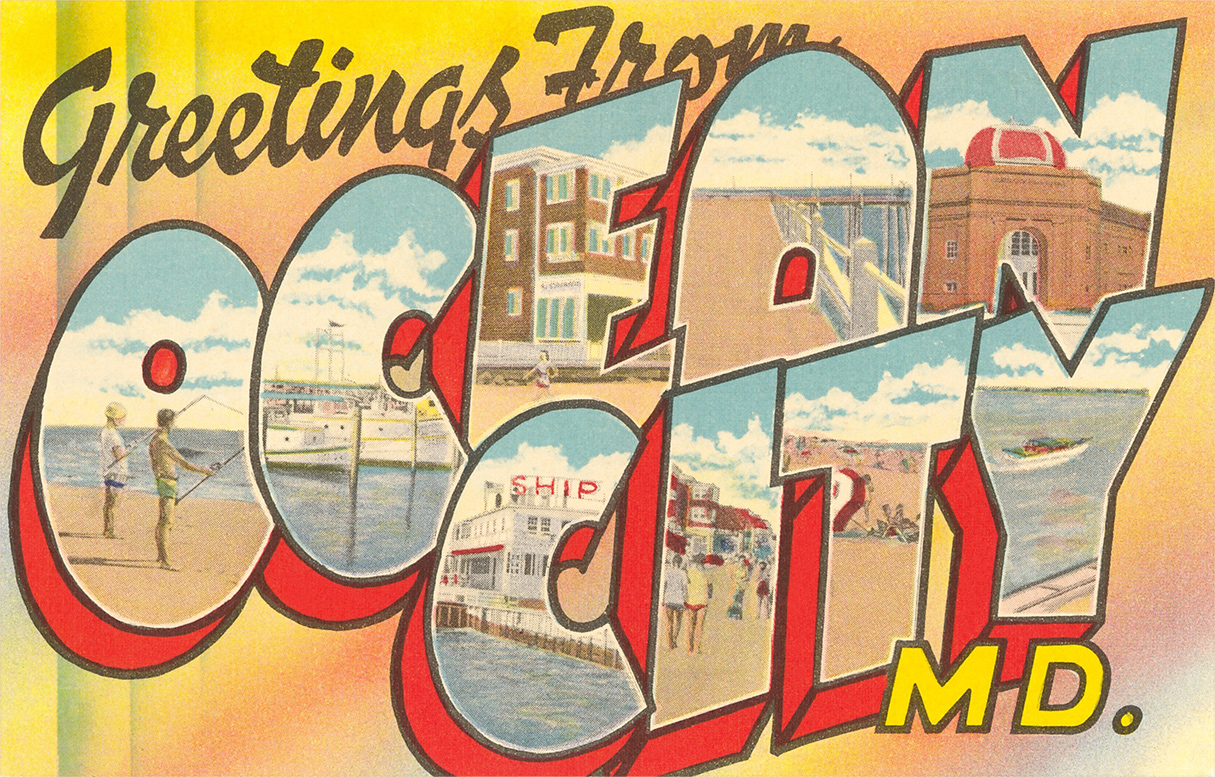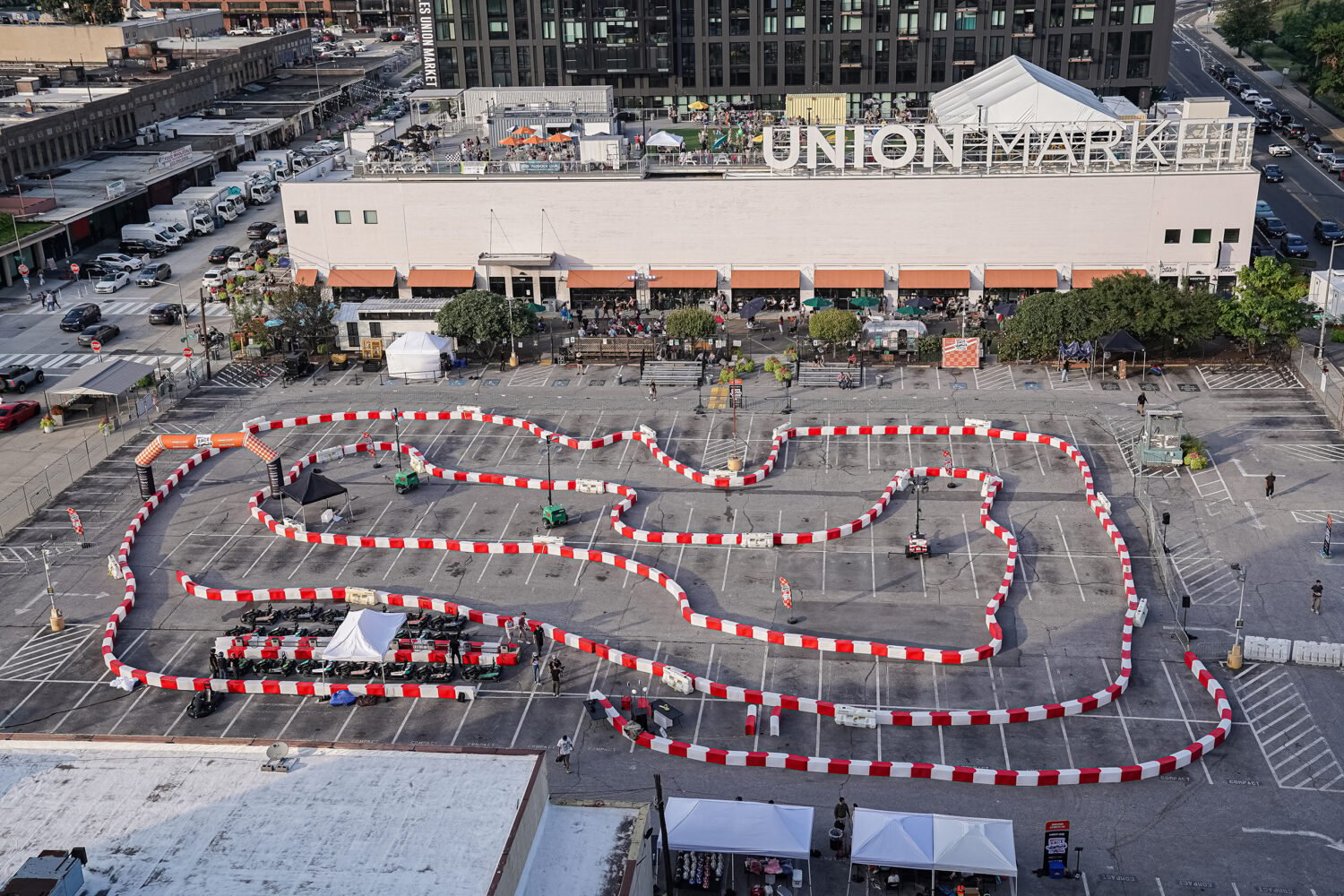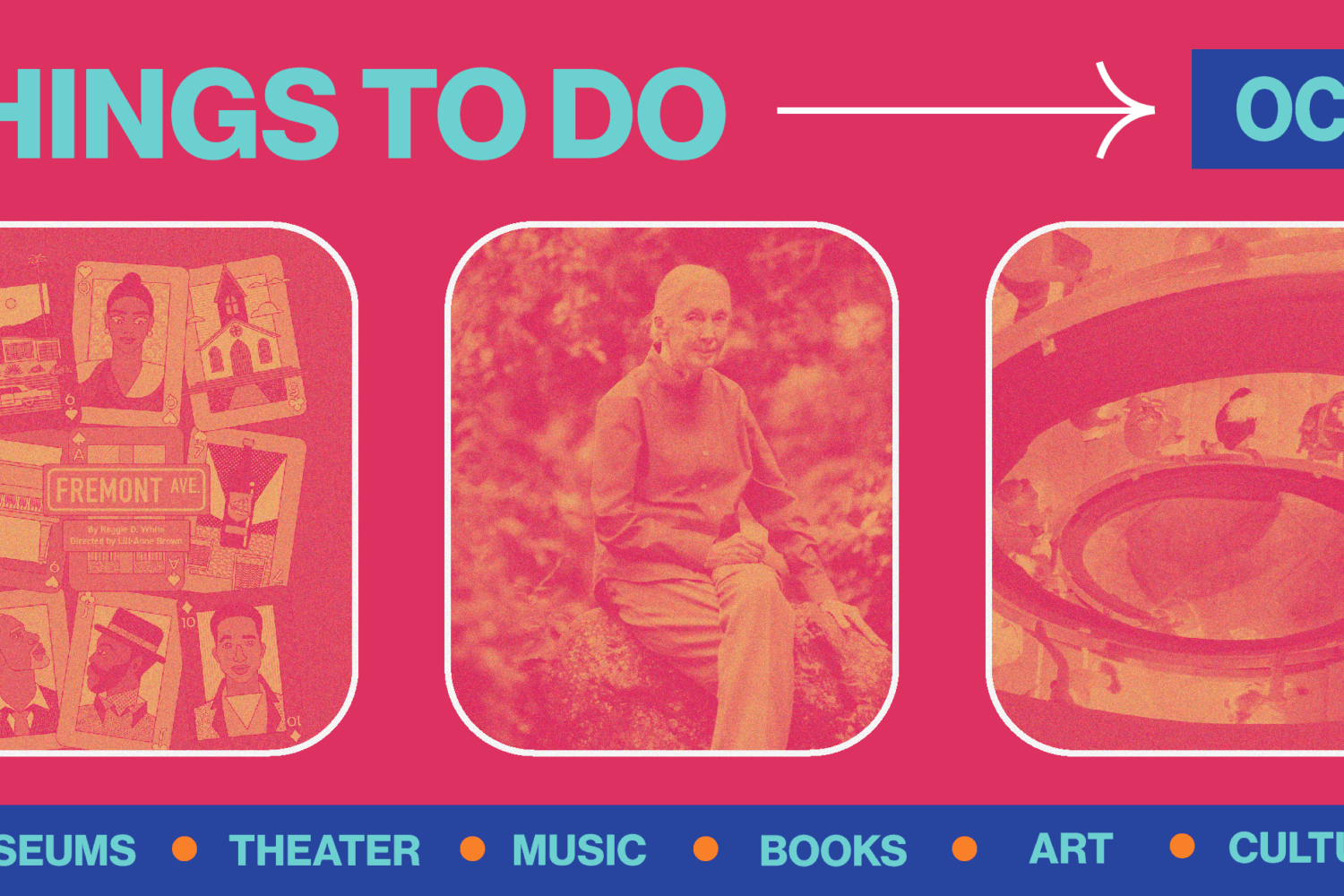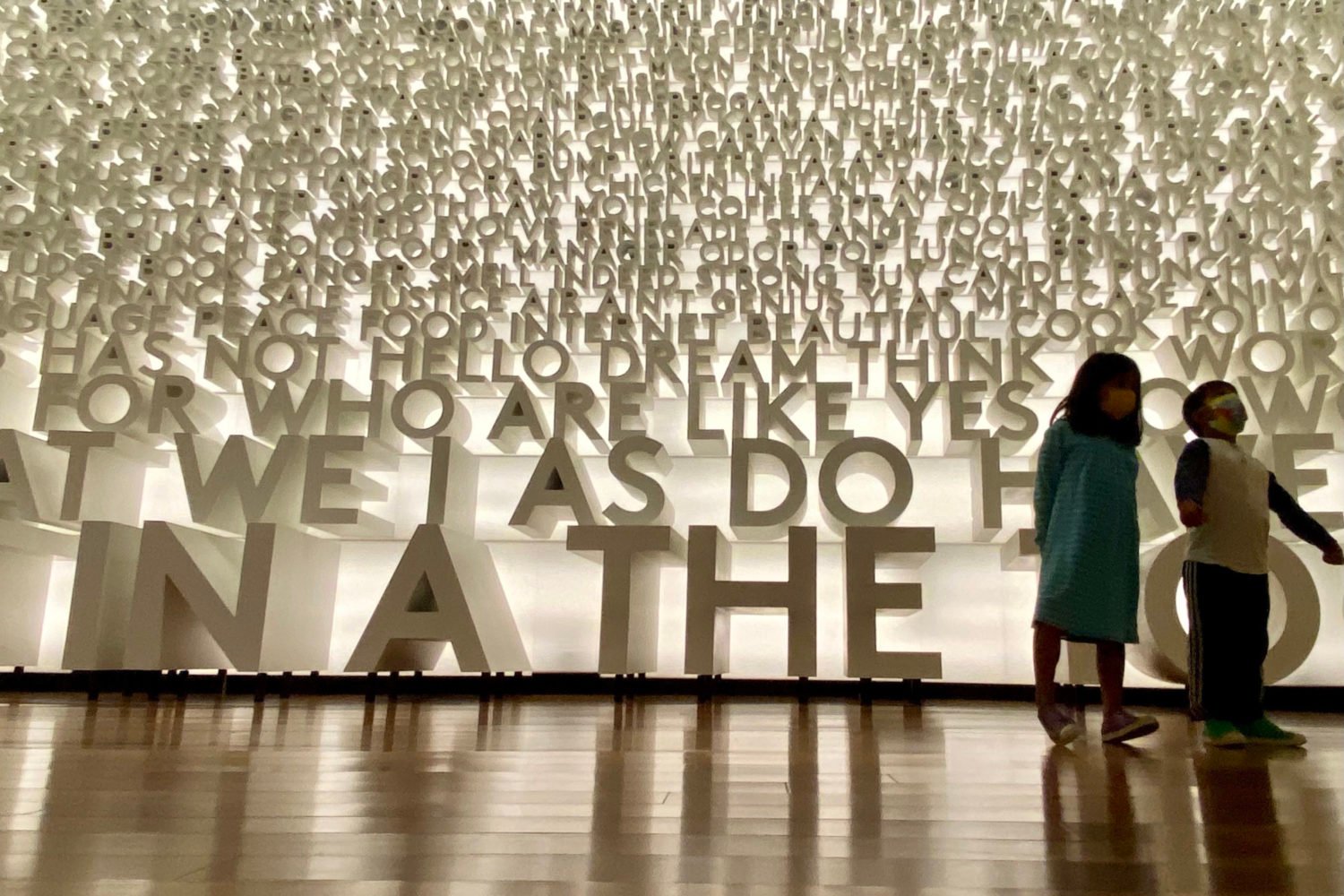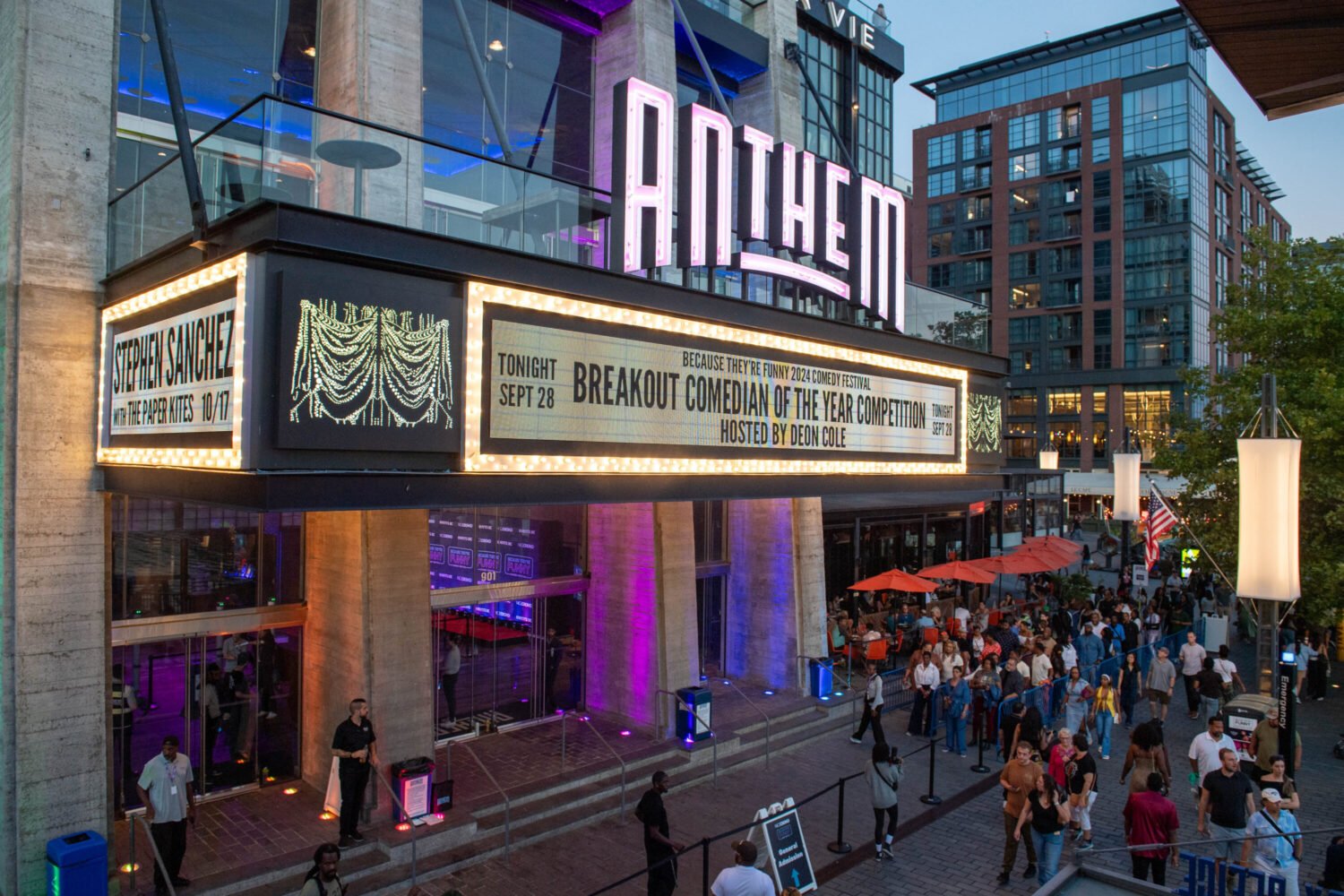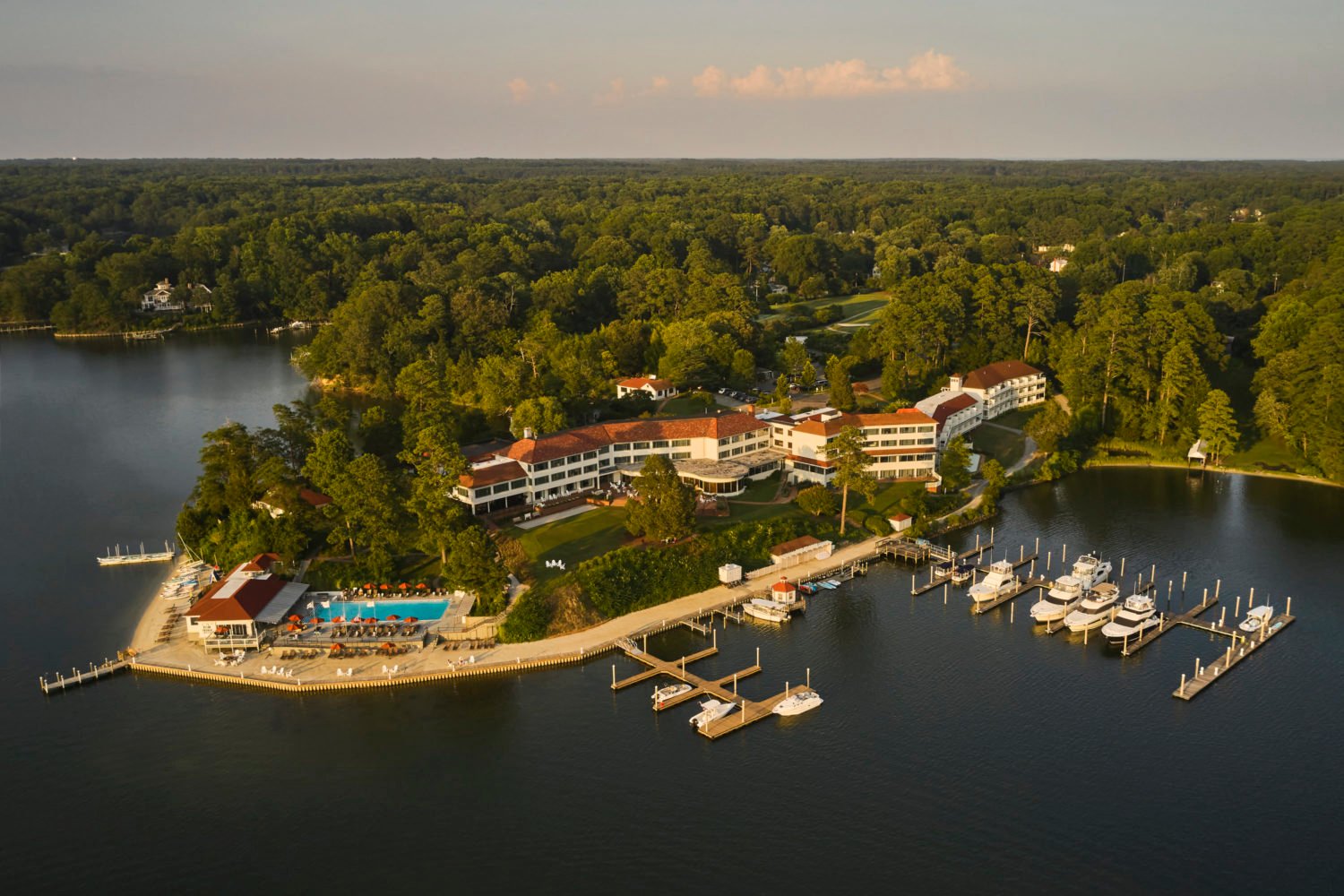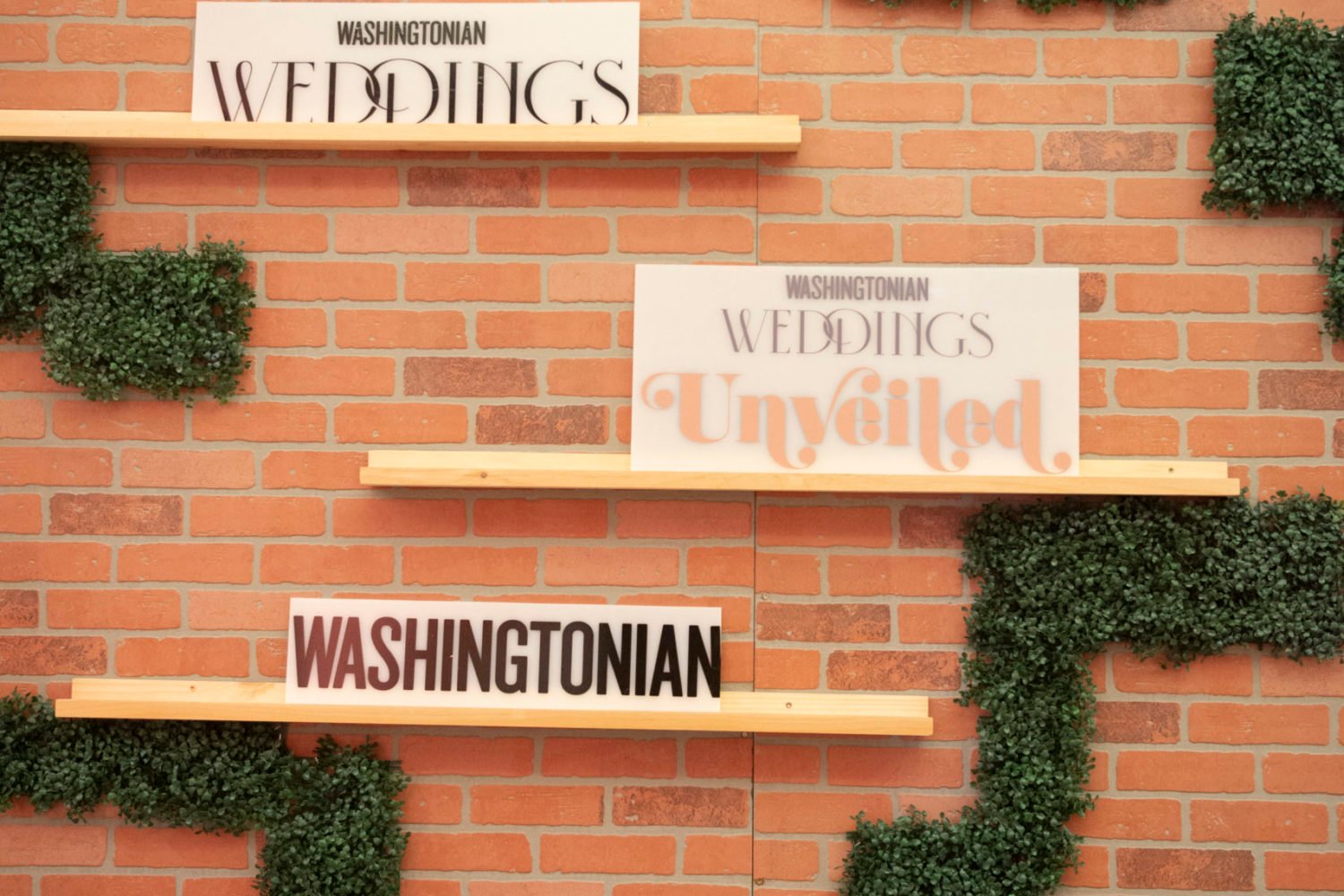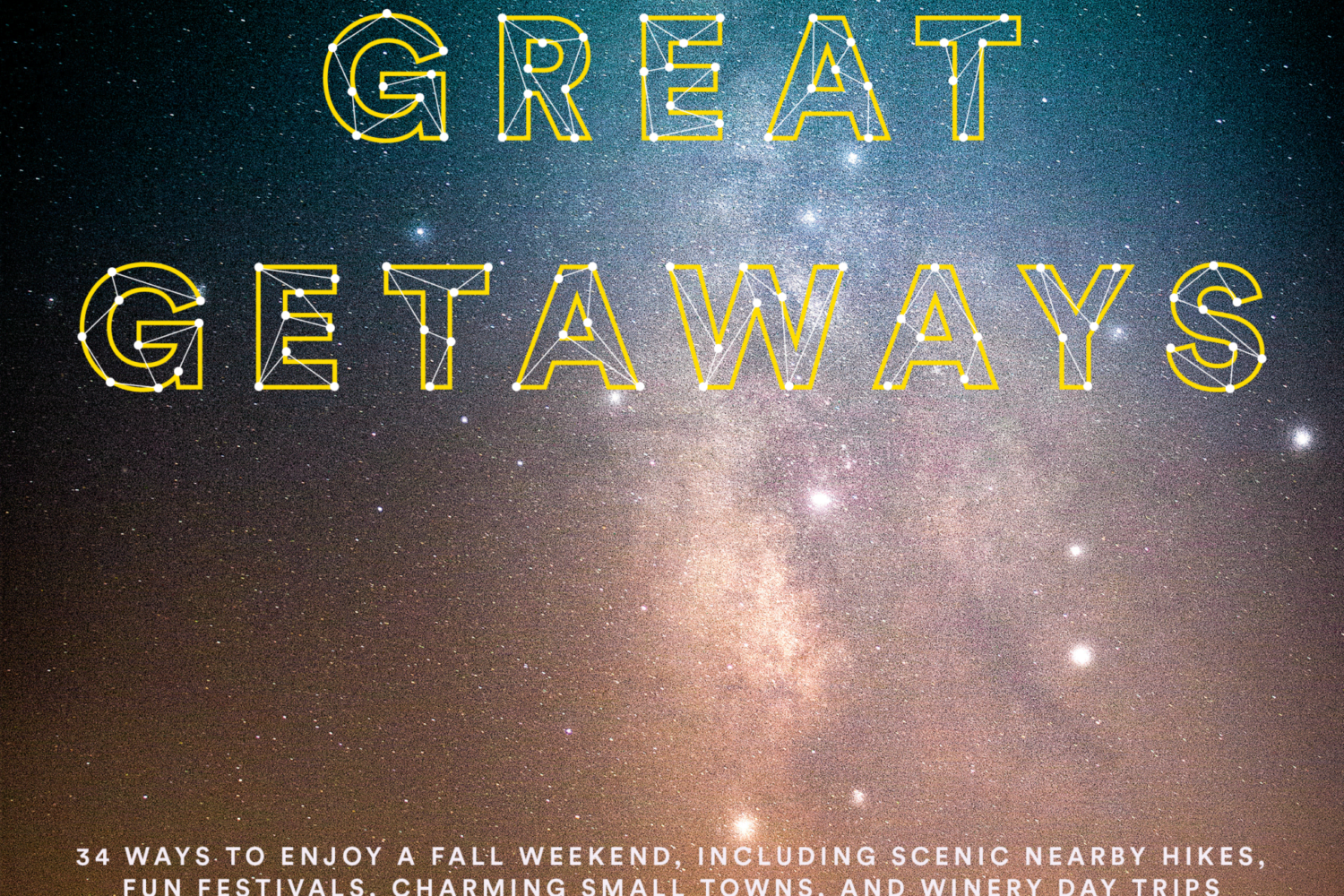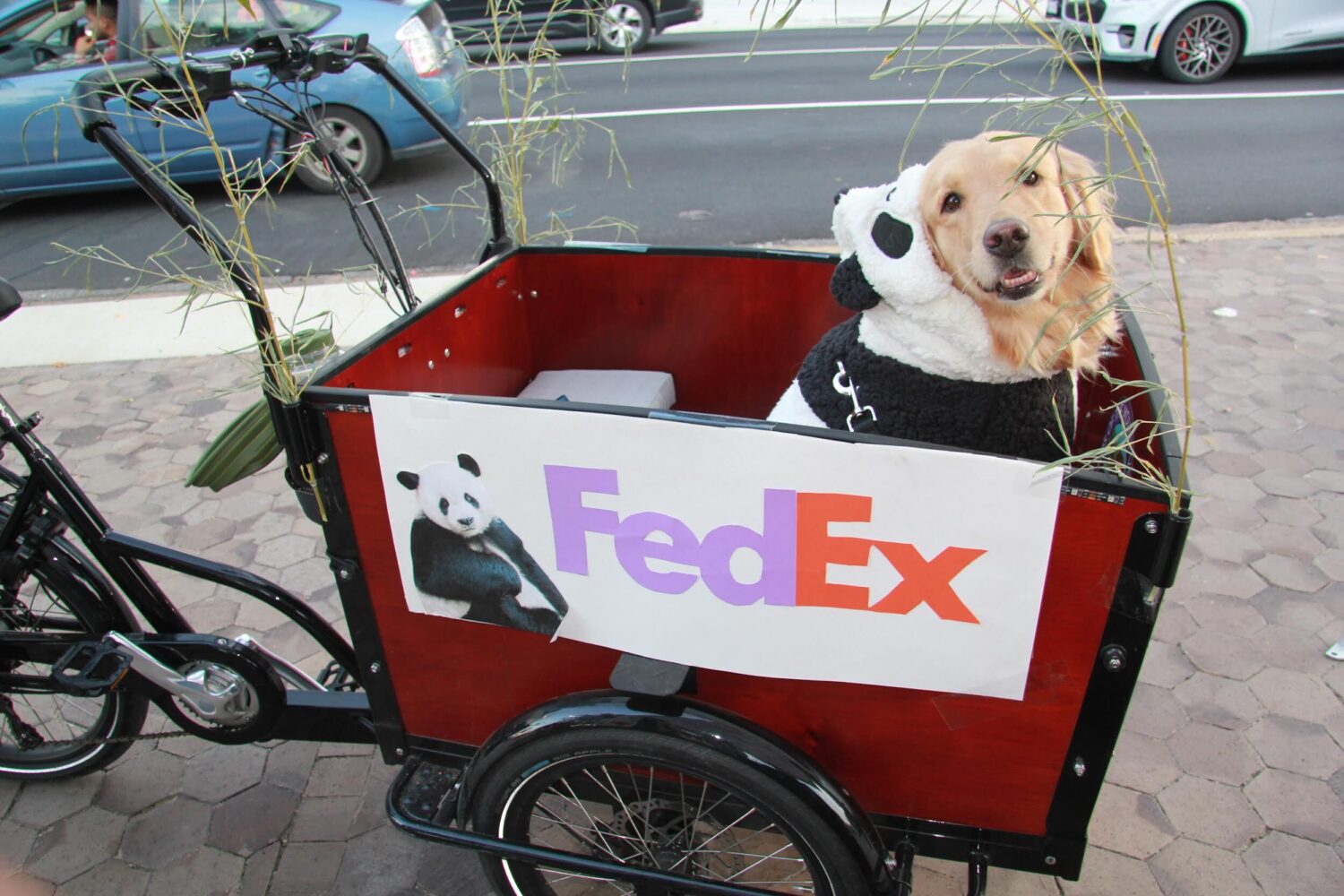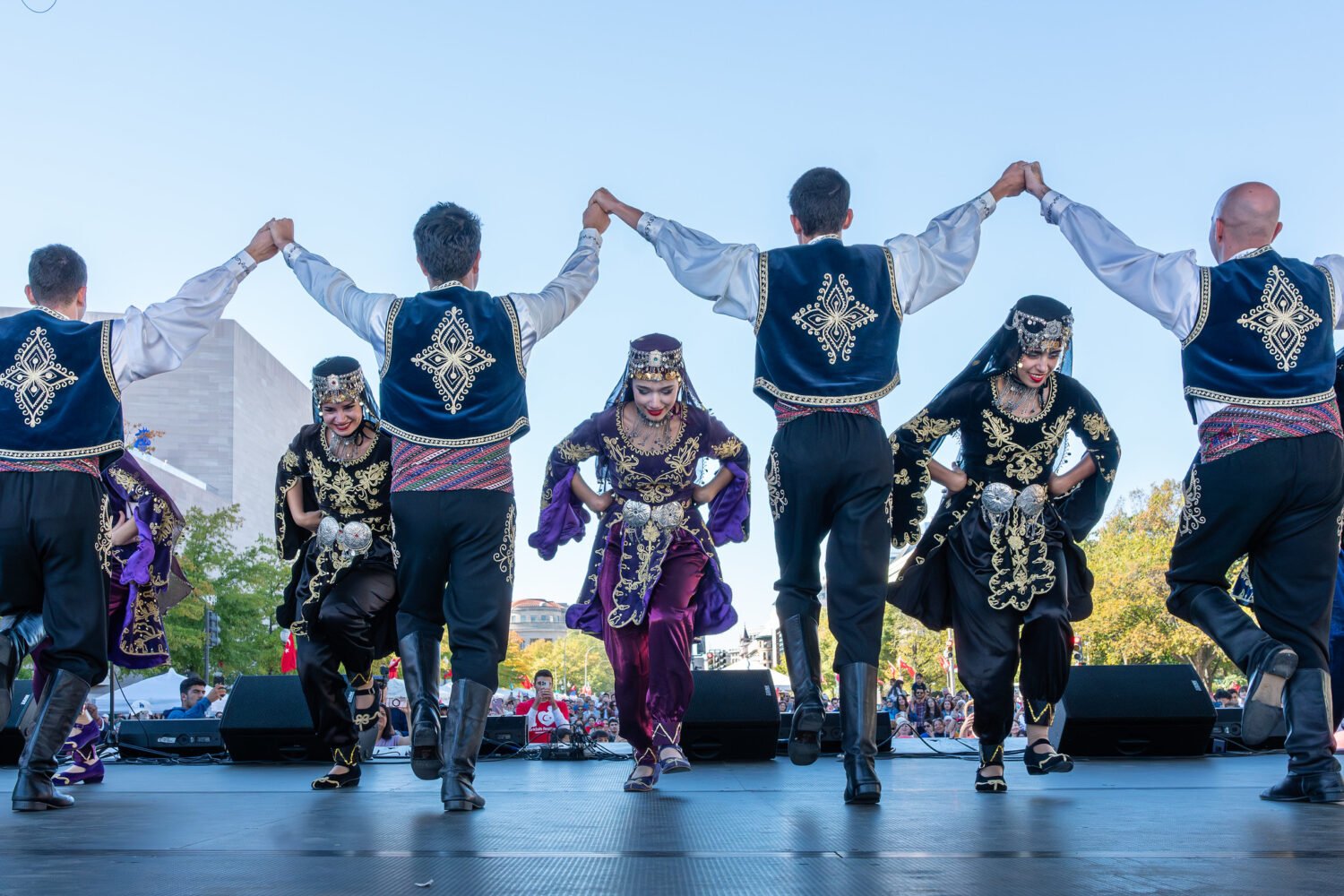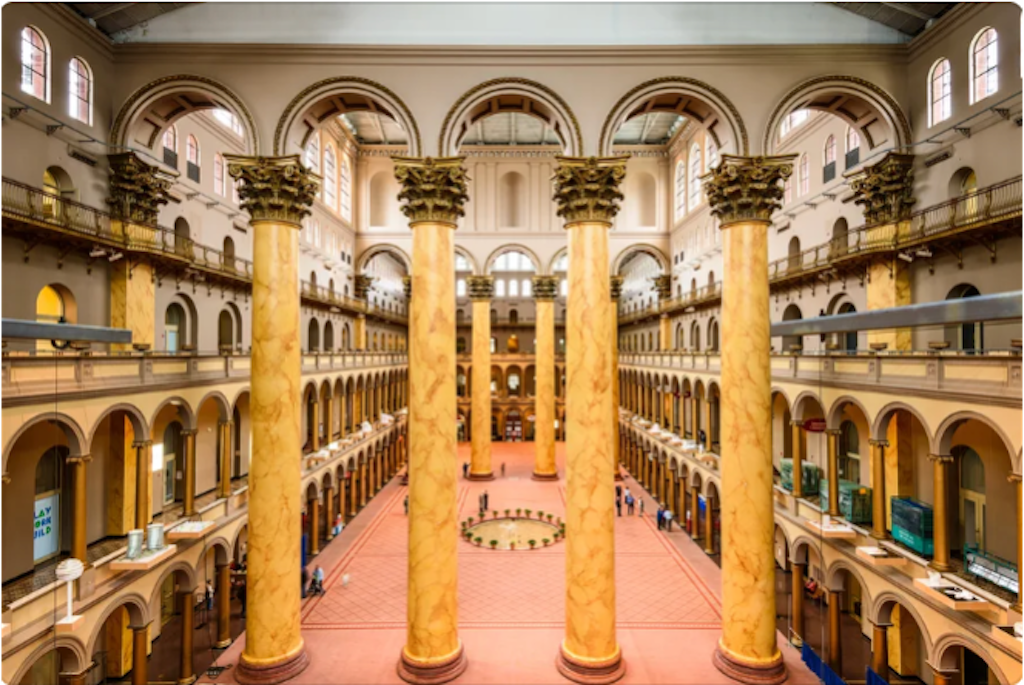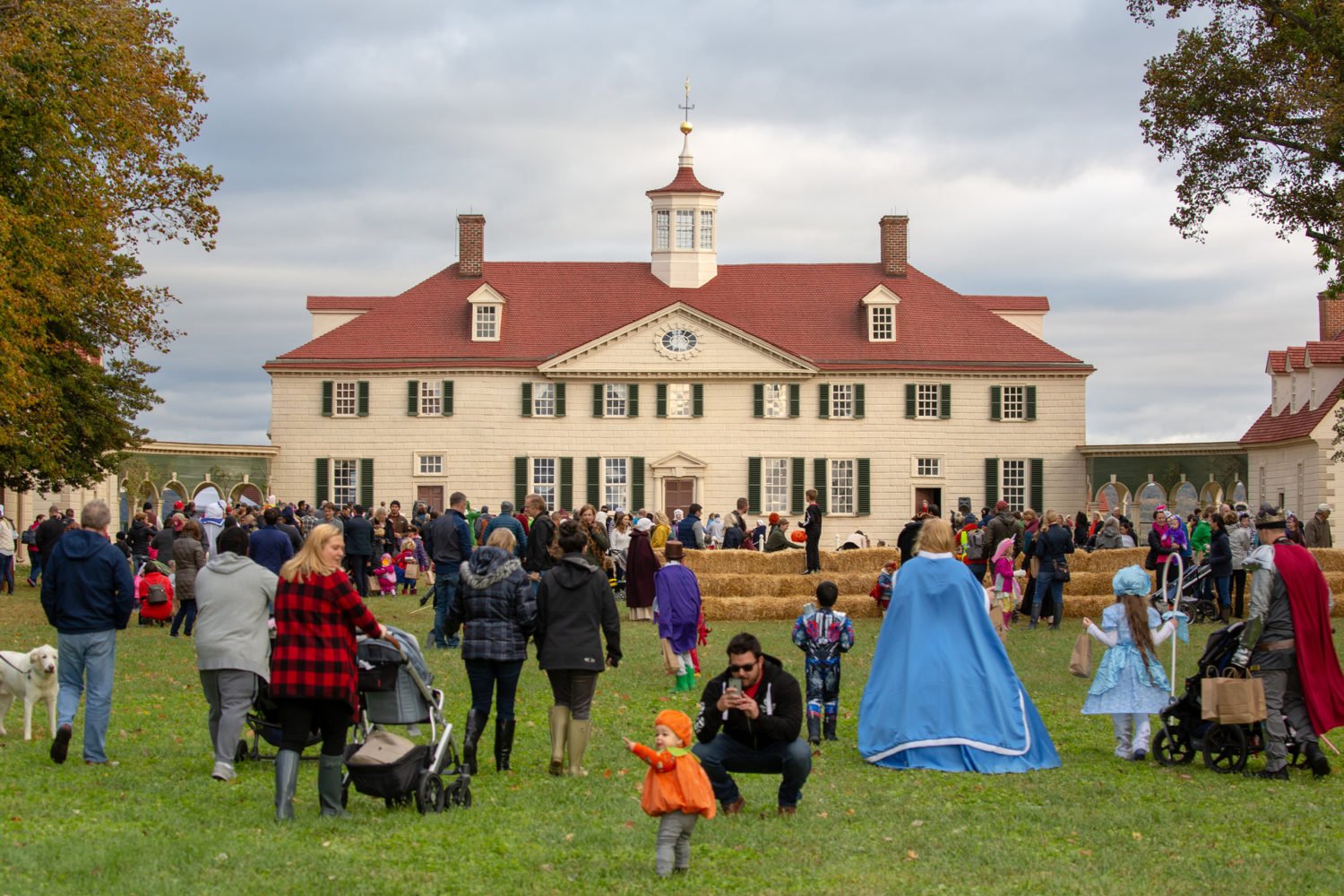From their founding as Victorian-era church camps, our area’s seaside getaways have stripped Washington down to its essential parts, with Capitol Hill and Foggy Bottom types clubbing up in their bungalows for beery barbecues and political gossip while midlevel staffers—the elect have long retreated up the coast to Cape Cod and the Vineyard—pursued small-d democratic pleasures along the boardwalks.
In other ways, beach culture forged ahead of our workaday world: Weekend traffic was born more than a decade before Beltway traffic, when the first span of the Chesapeake Bay Bridge was completed in 1952. The freedom afforded by distance and make-do housing arrangements gave gay Washington cover, and life in that community bloomed—if not sooner, then more ardently than it did back home in the capital.
Now, as the original midcentury Washington refugees have grown old and their succeeding generations have become less tethered to their offices, beach towns are becoming for many a year-round retreat, changing again as they survive on being timeless.
1890
Steamship service from Baltimore connects to St. Michaels, where vacationers get a train to Ocean City.
1919
The big time-saver: ferry service across the bay from Annapolis to St. Michaels.
1925
Ride from Washington in style via the new paved highway.
1952
Drive all the way thanks to completion of the Bay Bridge’s first span.
1973
The second span is finished, increasing capacity but overloading Route 50. Drivers devise two-lane alternatives, which may or may not actually save time.
1990s
Maryland works to steer traffic back to Route 50, which may or may not actually save time.
2000s
GPS apps encourage everyone to flood back roads. No one seems to get there any faster.
This article appears in our July 2015 issue of Washingtonian.

